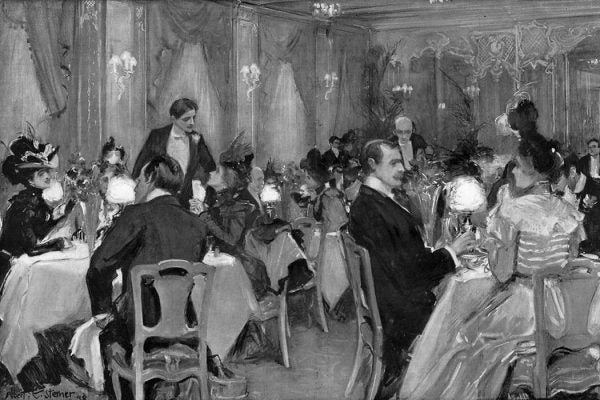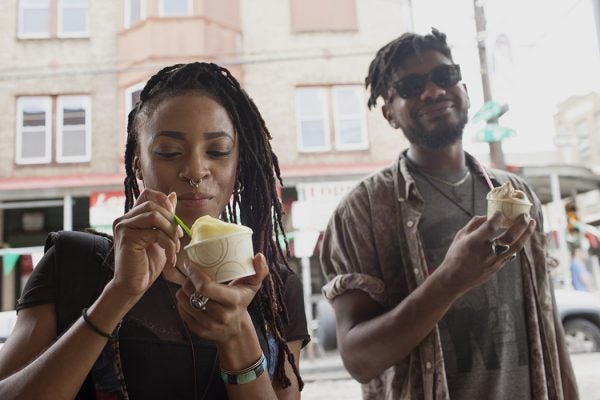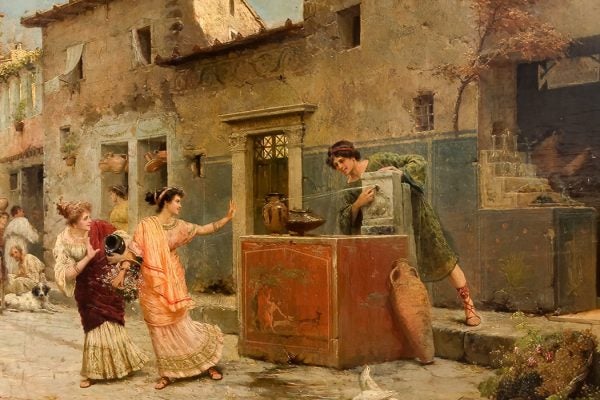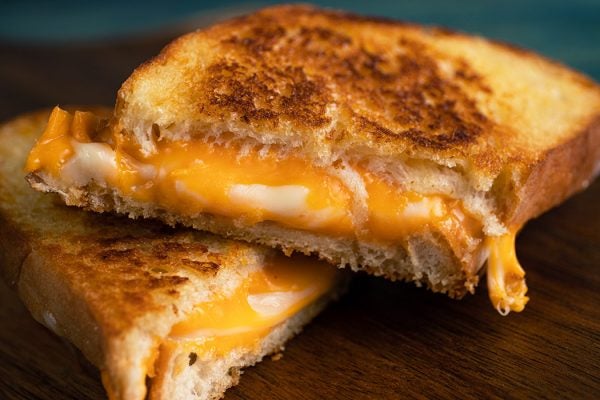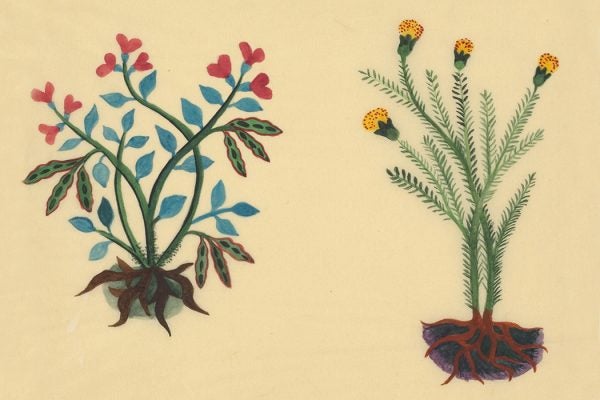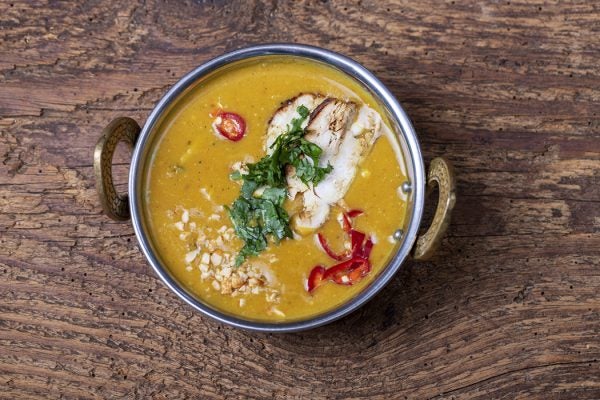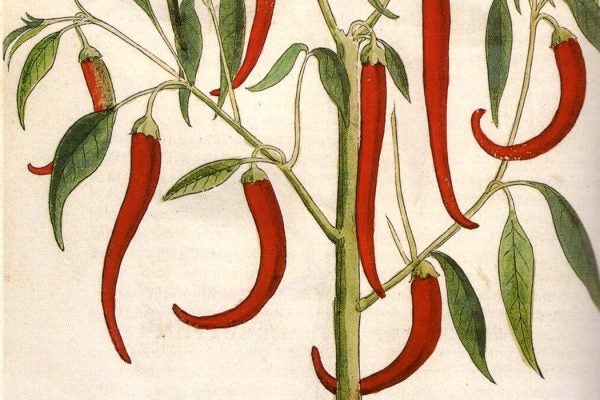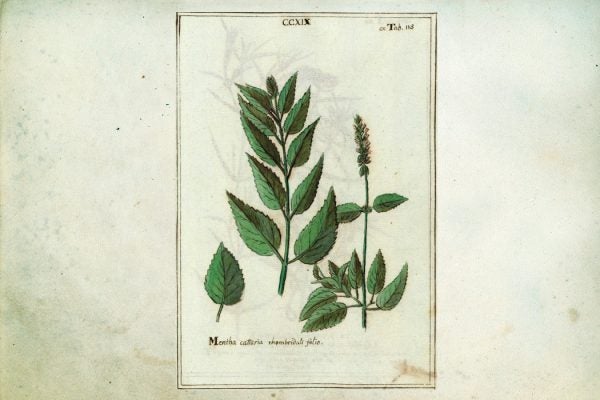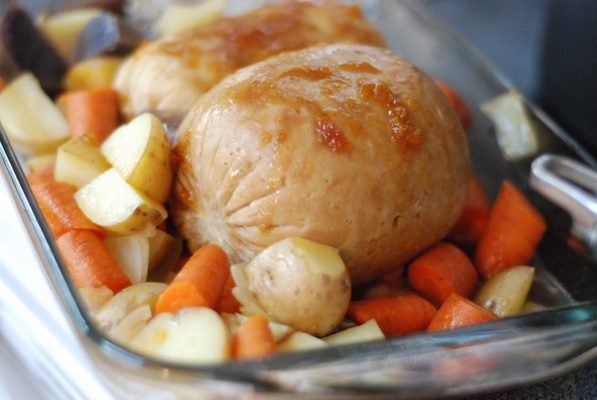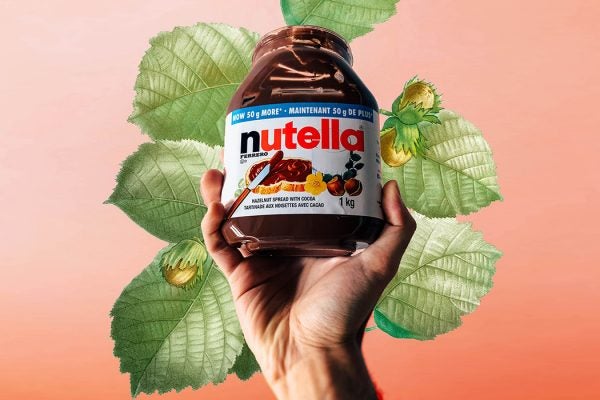The First American Restaurants’ Culinary Concoctions
A study of historical fine-dining menus yields surprises. Like six preparations of frog, and delicious lamb testicles.
Who Invented Weird Hipster Ice Cream Flavors?
From asparagus to pâté de fois gras, early modern ice cream was decidedly different from plain chocolate and vanilla.
Everyone in Pompeii Got Takeout, Too
Archaeologists have found that snack bars called tabernae fed much of the city in the shadow of Mount Vesuvius.
Plant of the Month: The Runner Bean
From Aztec medicinal remedies to Darwin’s study of flower pollination, local knowledge about the runner bean reveals the importance of biodiversity.
The Soup of British Colonialism
Mulligatawny soup started as a simple South Indian broth but was changed to appeal to British palates.
Plant of the Month: Mint
From the fields of ancient Egypt to the present-day American Pacific Northwest, the history of mint goes beyond the search for fresh breath.
Vegetarian Thanksgiving Dates Back to the 1900s
Tofu Turkey was created in 1990, but some Americans celebrated Thanksgiving with veggie dishes over a century ago.
Everything You Wanted to Know about Hazelnuts but Were Afraid to Ask
For one thing, there are several species of hazelnuts, including a couple native to North America.
